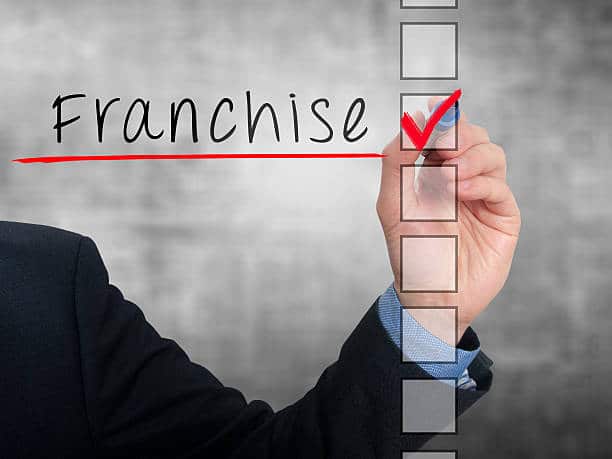Geotech Information Services uses data and analytics to help franchisors with location growth strategies and give insights into customers.
A franchisor is looking at setting a franchisee up in a new area. They have a choice of three locations, each with their own advantages and disadvantages. How do they decide which location offers the highest sales potential, chance of success and, ultimately, profit for both the franchisor and franchisee? ‘This is where data and analytics come into play,’ says Jeff Vassel.
‘However, a common challenge for modern businesses is a) understanding what data is available and how it can help plan for growth or solve business problems, and b) how to analyse and present this data efficiently and concisely, allowing key decision-makers to be able to interpret and act on the information.’
Franchise specialists
Jeff is a Business Development Manager for Geotech Information Services. Founded almost 20 years ago, Geotech is a data analytics and location growth planning company that works with businesses on both sides of the Tasman – especially franchises. Geotech is a member of the Franchise Council of Australia and has also been actively involved with New Zealand franchises for many years.
Geotech helps retail and food companies get accurate insights into their businesses to drive network growth and solve problems. Their client list includes companies large and small across different industries, including brands such as McDonald’s, KFC, Spotlight, and the Kumon Education franchise.
‘Having deeper knowledge about your customers, what motivated them to visit your store, where they came from, and their buying habits can add incredible value to a franchised business’s network planning process,’ Jeff says.
‘For example, we did some work for one large café franchise. They believed that their market was young cosmopolitan adults, but after opening cafes in inner urban locations they were left scratching their heads as to why the stores were underperforming. Our analysis revealed that their key target market was actually families. Armed with this knowledge, they changed their strategy to focus on opening cafés in family areas – and performed much better as a result.’
How data can help
Jeff says that there’s a mass of detailed consumer and market information available from government, research companies and corporations. ‘The challenge for many companies is knowing where to start, and what types of business problems data and analytics can help solve to assist with network planning and give businesses a competitive advantage. Here are some examples:
Mobile Device Tracking
Mobile Device Tracking is an exciting and recent evolution of data. Analysis of mobile device positioning data can show you how people move around before and after they visit your stores; who else they shop with; how far they travel from; and what were their likely motivations for choosing your brand.
Sales Forecasting & Strategic Network Planning
By analysing the sales performance of stores in your network against their site, precinct and local market characteristics, it’s possible to identify the critical factors driving sales. These can then be incorporated into a forecasting model to predict future site sales performance.
Once developed, the model can help prioritise new site opportunities and optimise the performance of an existing network. Jeff recalls, ‘A few years ago, one major franchise regularly evaluated the risk of a new outlet cannibalising sales from others in the area by asking customers of its other stores nearby: “If we opened in x, would you go there instead?” That was a very time-consuming and costly exercise. Geotech built an impact assessment model for the client that proved to be a lot more accurate in assessing real customer behaviour, and got results in a third of the time at a fraction of the cost.’
Spend and Credit Card Transactional Data
Information on how much and what people tend to spend their money on in different areas can give incredible insight into consumer behaviour. This can help assess what the demand is in any specific area for different products and services.
Additionally, information on retail precinct performance can be generated from merchant transaction data, allowing for the relative trading performance of retail precincts to be graded and compared.
Local Store Marketing
Developing a ‘data driven’ local store marketing system and combining it with local demographic and traffic information ensures that the most effective local strategy/marketing is being adopted by every store in a network.
Channel Strategy
‘A big issue right now is online ordering and delivery, and how these interact with traditional bricks and mortar outlets,’ says Jeff. ‘Do online sales cannibalise in-store sales? While this may be true in some cases, for some of our clients we have actually found the opposite to be true and that they can act as complementary channels. Analysis of customer data can provide valuable insight.’
Have a chat
Jeff says that undertaking a detailed review of store sales performance, learning from the best-performing stores and focusing on factors that really drive performance, can lead to better growth planning strategies.
‘Contact me for a chat and we can explain more about the data we have available and the way we have helped other franchises drive more profitable decisions. We’d love to hear from you.’

